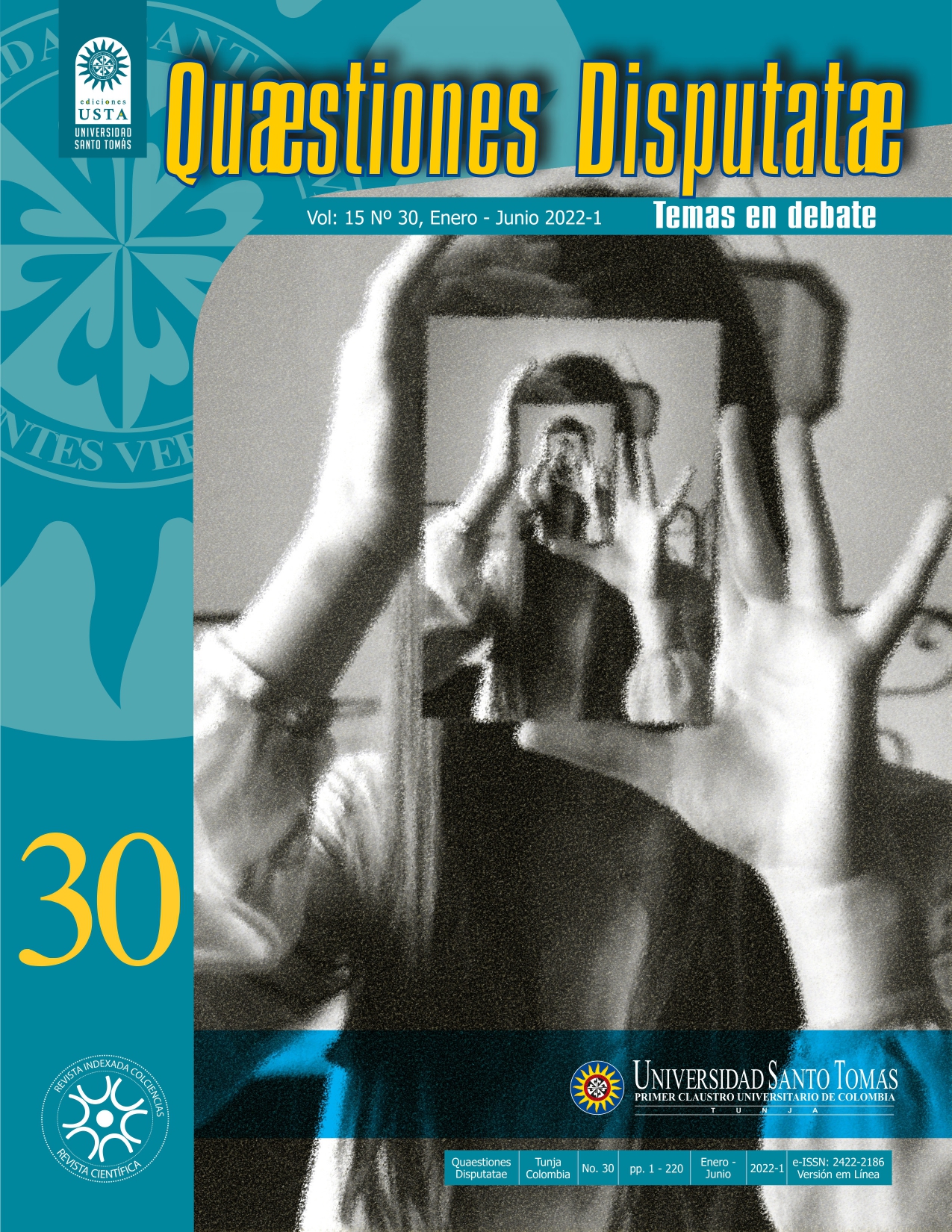De la post-vérité à l’hyper-réalité : qu’est-ce qui se cache derrière la propagation virale des “fausses nouvelles”?
##plugins.themes.bootstrap3.article.main##
Résumé
Ces derniers temps, le monde a été témoin d’une série d’événements scientifiques, politiques, sociaux, etc. qui ont été regroupés sous le terme de “postvérité”. Contrairement à ce que l’on pourrait penser, la post-vérité va au-delà de la diffusion de fake news sur les médias sociaux. En réalité, ce phénomène représente une rupture des relations sociales et une forte médiatisation dans l’interaction du sujet avec son environnement. Pour cette raison, cet article cherche à articuler la notion de post-vérité dans un cadre conceptuel basé sur les postulats de Jean- François Lyotard, Gilles Lipovetsky, Jean Baudrillard, Guy Debord, entre autres. Grâce aux considérations de ces penseurs sur l’individualisme, la personnalisation, l’hyperconsommation, la séduction et le narcissisme, le lecteur comprendra que la post-vérité est l’une des expressions majeures de l’hyper-modernité et une cause et un effet de l’ère dans laquelle nous vivons, à savoir l’hyper-modernité.
##plugins.themes.bootstrap3.article.details##
Comment citer
Rodríguez-Sánchez, W. J. (2022). De la post-vérité à l’hyper-réalité : qu’est-ce qui se cache derrière la propagation virale des “fausses nouvelles”?. Quaestiones Disputatae: Temas En Debate, 15(30), 81-100. Consulté à l’adresse http://revistas.ustatunja.edu.co/index.php/qdisputatae/article/view/2685
Rubrique
Artículos
De acuerdo a la Licencia Creative Commons Atribución-No Comercial-Sin Derivar 4.0 Internacional, se autoriza leer, descargar, copiar, distribuir, imprimir, buscar o enlazar los textos completos de estos artículos, siempre y cuando se conceda el crédito a los autores de los textos y a la Revista Quaestiones Disputatae: temas en debate, como fuente de publicación original. No se permite el uso comercial de copia o distribución de contenidos, así como tampoco la adaptación, derivación o transformación alguna de estos sin la autorización previa de los autores y de la dirección de Quaestiones Disputatae: temas en debate.

Esta obra está bajo una licencia de Creative Commons Reconocimiento-NoComercial-SinObraDerivada 4.0 Internacional.
Références
Bastardi, A., Uhlmann, E., & Ross, L. (2011). Wishful Thinking: Belief, Desire, and the Motivated Evaluation of Scientific Evidence. Psychological Science, 731-732.
Baudrillard, J. (1978). Cultura y simulacro.Kairós.
Borges, J. L. (2018). Del Rigor en la Ciencia. Obtenido de Ciudad Seva: https://ciudadseva.com/texto/del-rigor-en-la-ciencia/
Festinger, L. (1975). La disonancia cognitiva. EpubLibre.
Lipovetsky, G. (2019). La era del vacío: ensayos sobre el individualism contemporáneo. Anagrama.
Lipovetsky, G., & Serroy, J. (2009). La pantalla global: Cultura mediática y cine en la era hipermoderna. Anagrama.
Livotetsky, G., & Charles, S. (2008). Los tiempos hipermodernos. Barcelona: Anagrama.
Lyotard, J. F. (1987). La posmodernidad (explicada a lo niños). Editorial Gedisa.
Baudrillard, J. (1978). Cultura y simulacro.Kairós.
Borges, J. L. (2018). Del Rigor en la Ciencia. Obtenido de Ciudad Seva: https://ciudadseva.com/texto/del-rigor-en-la-ciencia/
Festinger, L. (1975). La disonancia cognitiva. EpubLibre.
Lipovetsky, G. (2019). La era del vacío: ensayos sobre el individualism contemporáneo. Anagrama.
Lipovetsky, G., & Serroy, J. (2009). La pantalla global: Cultura mediática y cine en la era hipermoderna. Anagrama.
Livotetsky, G., & Charles, S. (2008). Los tiempos hipermodernos. Barcelona: Anagrama.
Lyotard, J. F. (1987). La posmodernidad (explicada a lo niños). Editorial Gedisa.

